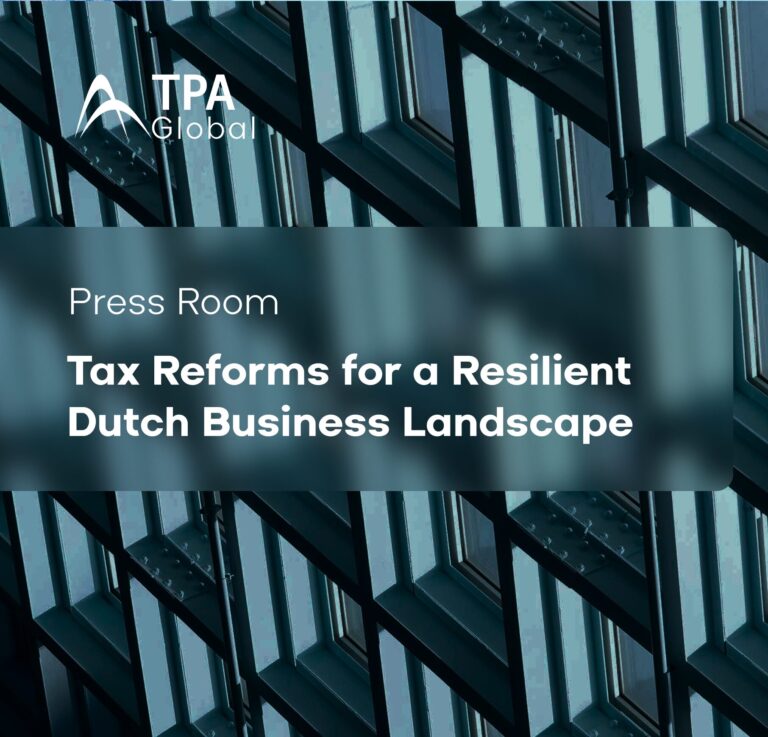[bt_bb_section layout=”wide” lazy_load=”yes” show_boxed_content=”no” allow_content_outside=”no” top_spacing=”” bottom_spacing=”” full_screen=”” vertical_align=”top” color_scheme=”” background_color=”” background_image=”” background_overlay=”” background_position=”” background_size=”” top_section_coverage_image=”” bottom_section_coverage_image=”” parallax=”” parallax_offset=”” background_video_yt=”” yt_video_settings=”” background_video_mp4=”” background_video_ogg=”” background_video_webm=”” responsive=”” publish_datetime=”” expiry_datetime=”” el_id=”” el_class=”” el_style=””][bt_bb_row][bt_bb_column lazy_load=”yes” highlight=”no” align_to_edge_column=”no” width=”1/1″][bt_bb_text]
Value Chain Analysis (VCA) was incorporated into the regulations following the OECD/G20 BEPS initiative (BEPS Actions 8 – 10), and subsequently, embedded in the OECD Transfer Pricing Guidelines 2017.
The importance of VCA in the OECD Transfer Pricing Guidelines, 2017, is revealed in their collective title: “Aligning Transfer Pricing Outcomes with Value Creation”.
In combination, the changes reflected in the OECD Transfer Pricing Guidance, 2017, should essentially result in aligning transfer pricing outcomes with the value creating activities performed by members of an MNE group, by taking an holistic economic view on these activities.
A combined qualitative and quantitative VCA constitutes an important tool can provide such an holistic economic view on the activities of the MNE group.
TPA Global´s approach to qualitative and quantitative VCAs
Based on its extensive experience performing qualitative and quantitative VCA for its clients, TPA Global has developed an unique approach conducting qualitative and quantitative VCA, comprising a number of steps which are described in our online leaflet, which you can download by clicking on the button below:
[/bt_bb_text][bt_bb_separator top_spacing=”small” bottom_spacing=”extra_small” border_style=”none” border_width=”” responsive=”” publish_datetime=”” expiry_datetime=”” el_id=”” el_class=”” el_style=””][/bt_bb_separator][bt_bb_button text=”Download Leaflet” icon=”” icon_position=”left” url=”https://s3-eu-west-1.amazonaws.com/3eeb8fe9-6553-11e7-b33e-0287636382f5/ae03c317-ae6a-11e7-b33e-0287636382f5/upload/1aepj5hkv6t33xep263tyau965skbftk/190314-the-next-generation-of-benchmarking.pdf” target=”_self” align=”inherit” size=”small” color_scheme=”dark-accent-skin” style=”filled” shape=”rounded” width=”inline” responsive=”” publish_datetime=”” expiry_datetime=”” el_id=”” el_class=”” el_style=””][/bt_bb_button][bt_bb_separator top_spacing=”small” bottom_spacing=”normal” border_style=”none” border_width=”” responsive=”” publish_datetime=”” expiry_datetime=”” el_id=”” el_class=”” el_style=””][/bt_bb_separator][bt_bb_text]
Please feel free to contact one of the persons mentioned below for more information:
MARC ZAAL
Partner, TPA Global
The Netherlands
+31 20 894 2559
YING VAN GALEN-WANG
Director, TPA Global
The Netherlands
+31 20 262 2986
[/bt_bb_text][/bt_bb_column][/bt_bb_row][/bt_bb_section]


